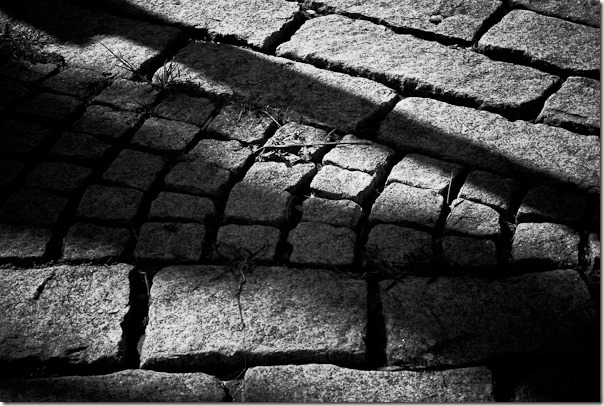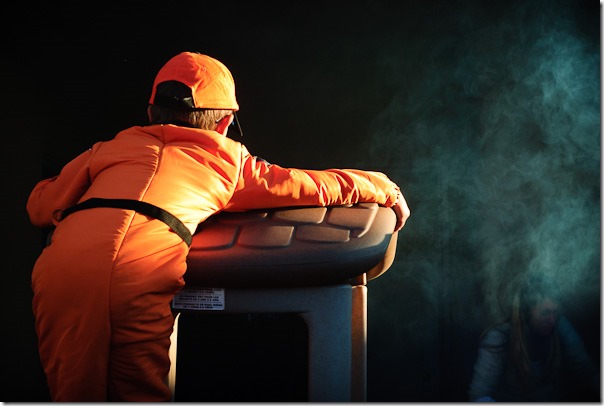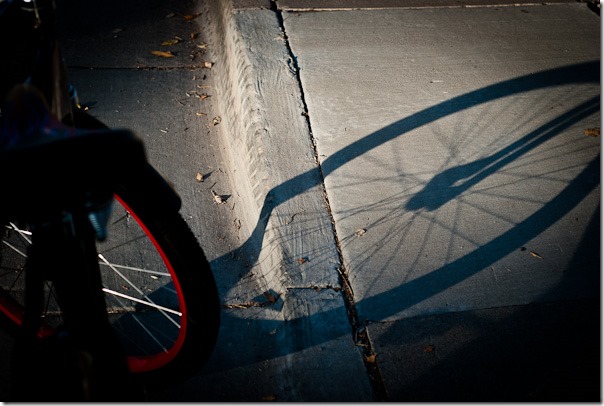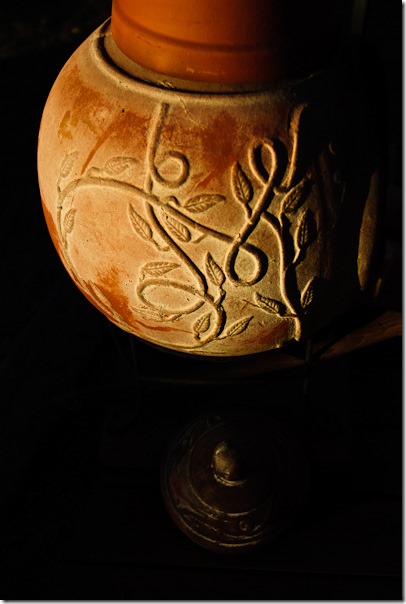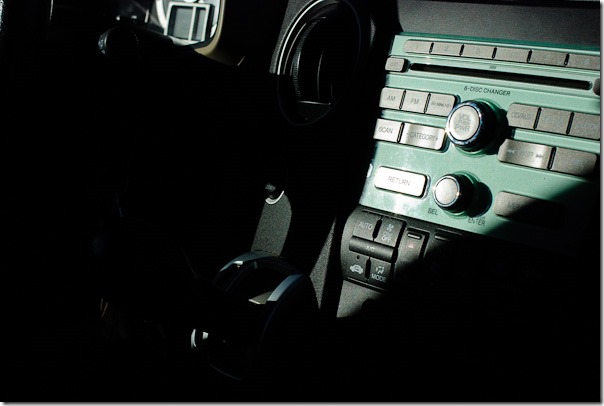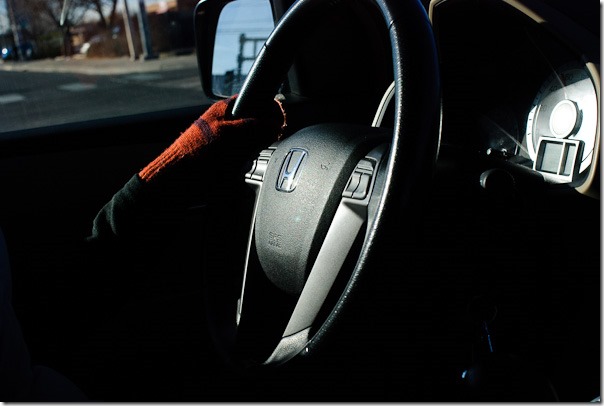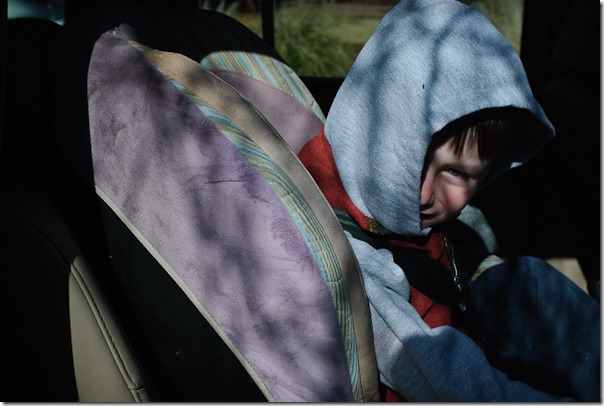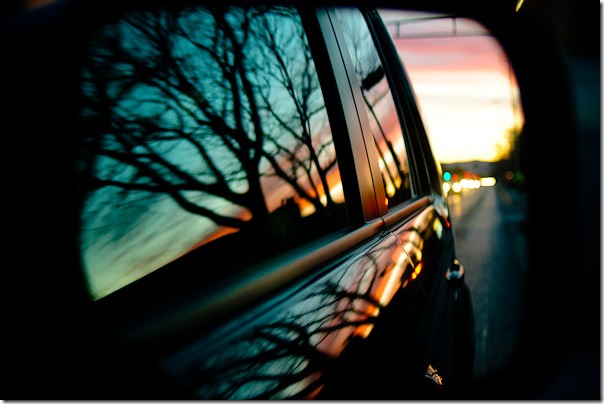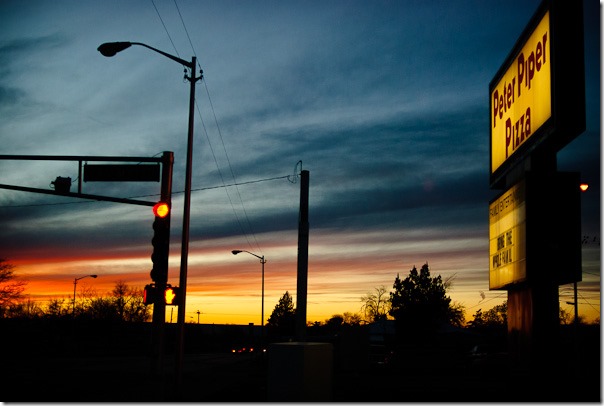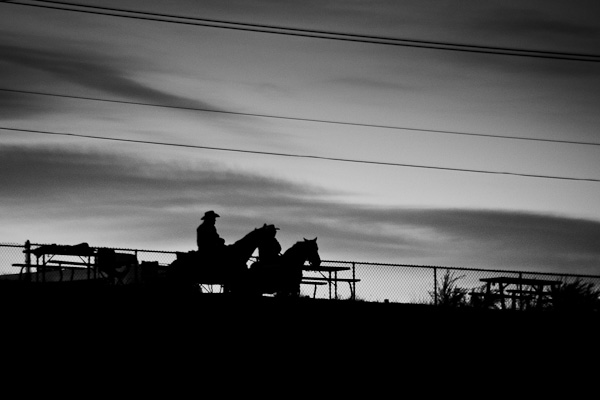I guess my wife is paying attention. The title above is something she said to me recently. I guess she noticed.
I have been playing with tones recently. I started last year as I decided to take a step backward regarding gear and emulate some of the old-school photographers working with what would today be considered outrageous restrictions – Kodachrome at ISO 50, in a darkened room, or at the edges of the day, without a tripod, or a monopod.
Think about it, these photogs shot with stuff you and I spend lots of money to get away from, and they made iconic photographs.
Damn, they were (or are) good.
So I grabbed my D80 and one lens last fall and committed to it. As others upped their sensor size and crazy-high-iso-capability-I-can-shoot-in-the-dark cameras I went the other way (story of my life, my parents tell me.) I grabbed a camera with an ISO rating that shouldn’t be legally rated above 400 and went at it. Man that was hard.
It was hard because out of the camera my files were not going to compare in quality to what others were shooting. Because I was going to miss and flub a lot of shots – and I did.
But I learned something. Those limits pushed me to look, to search, to seek, to struggle around the edges of things, and to learn to trust my eye and my brain rather than the light meter in camera. I don’t think I shot anything “properly exposed” according to the camera. It was a lot of “half a stop over” or “1.3 stops under” or even “3 stops under” My images began to look like what I wanted them to look, not what the scene actually looked like in front of me.
And that is when I started creating images. Took me some years to get here.
And now maybe a new camera….


